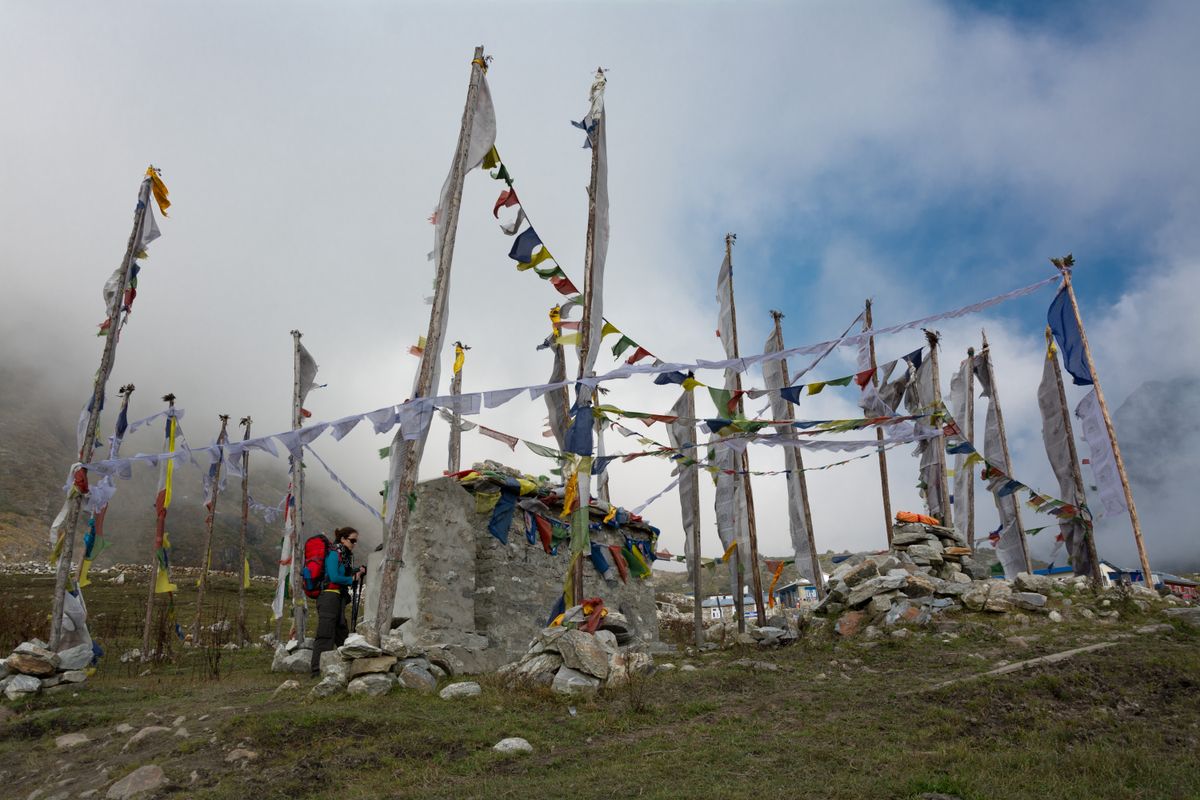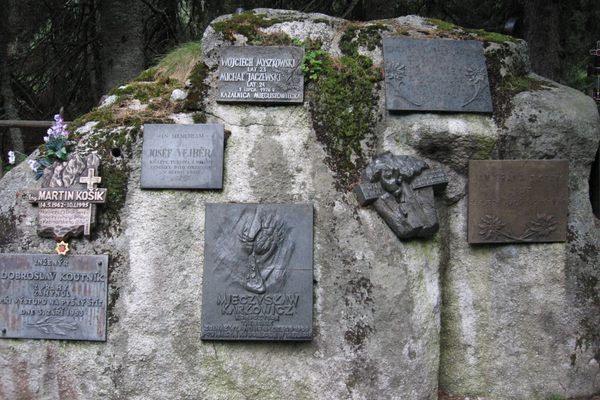About
Saturday, April 25, 2015, was a devastating day for Nepal. At 11:56 a.m., an 8.1 magnitude earthquake struck the Gorkha District, about 60 miles west of Kathmandu. The quake killed some 9,000 people throughout Nepal. Around 243 of those unfortunate souls were visiting or living in the village of Langtang, which was almost completely annihilated by a landslide.
Situated in a valley at over 11,000 feet above sea level, Langtang was a popular teahouse community for trekkers exploring the Himalayas near Nepal’s border with Tibet. Views of the looming mountain, Langtang Lirung, and numerous exquisite glacial lakes made the hike through Langtang National Park irresistible. However, the extraordinary natural beauty belies unimaginable danger, as one of those lakes collapsed during the earthquake which caused around 40 million tons of rock to cascade into the valley.
Only one structure sheltered by a cave and a handful of older residents survived the disaster, which seems miraculous given the enormity of the debris field. The mile-wide swath of destruction also managed to wipe out the river that flowed through the valley.
Sitting atop the rubble now stands a memorial in the style of a Buddhist mani wall. The name derives from the mantra om mani padme hum, which is recited in appeal to Avalokitesvara, the Bodhisattva of compassion. The names of the victims are inscribed on the wall above as colorful Buddhist flags flutter in the wind.
Today, the area has started to recover a bit and trekkers have returned to the trail, although they stop at other villages for tea and to rest before tackling the remainder of the hike. But for a few moments, they pause reflectively at the Langtang Village Memorial to consider the awesome power of the ever-changing Himalayas.
Related Tags
Know Before You Go
Although the Langtang trek is considered one of Nepal's easier trails, it still takes two days of upward hiking to reach the memorial.
Community Contributors
Added By
Published
January 6, 2021

























